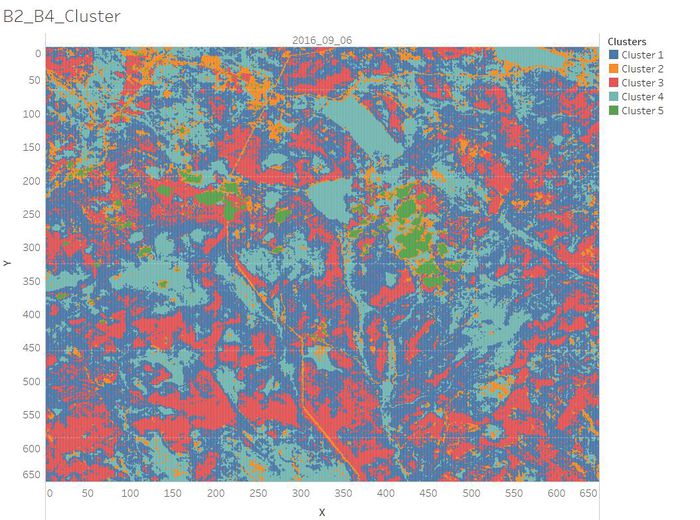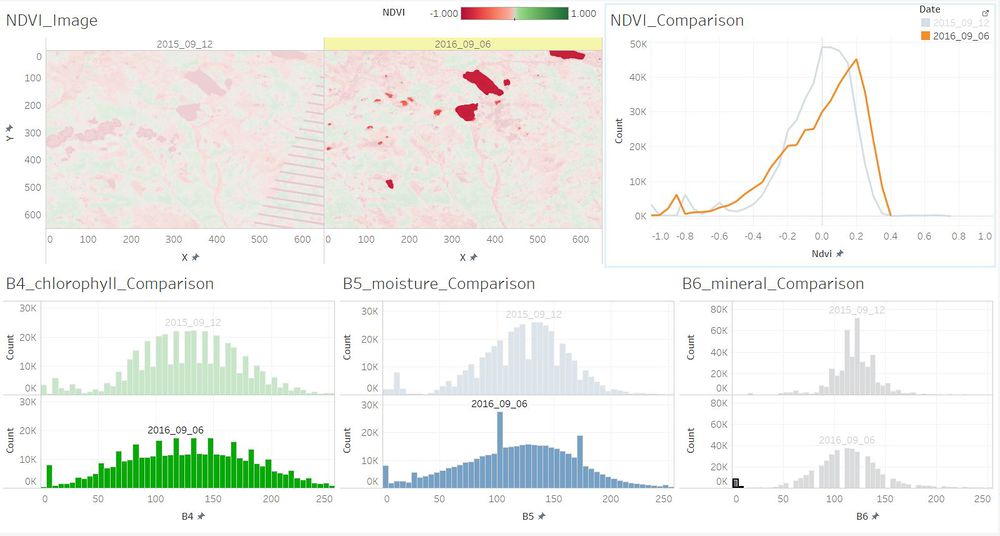Difference between revisions of "Mandi Assignment Final Answer"
| Line 66: | Line 66: | ||
<tr> | <tr> | ||
<td width=60% align='center'>[[File:NDVI_3_compare.jpg|1000px]] <br /></td> | <td width=60% align='center'>[[File:NDVI_3_compare.jpg|1000px]] <br /></td> | ||
| − | <td align='justify'>In March, Febraury, December, the season of the Preserve area is winter or early spring. During these | + | <td align='justify'>In March, Febraury, December, the season of the Preserve area is winter or early spring. During these periods, the NDVI value of the waterbody region should not have much difference. However, we can see from the left image that the color of the waterbody in 2014 was green and became light green in 2015, while it turned into red in 2016. We can infer that in 2014 there may be much algae in the waterbody region.</td> |
</tr> | </tr> | ||
<tr> | <tr> | ||
Revision as of 00:26, 8 July 2017
Questions:
1. The scale and orientation of the supplied satellite images.
Identified the location and coordinates of the Boonsong Lake in the satellite image as below:
The orientation of the satellite image is the same with that of the Boonsong Lake.


Hence, the length of a pixel is 3000/(504 - 475+1) ft, equals to 100 ft. Then the area of one pixel is 100 * 100 = 10000 square ft.
As the satellite image has 651*651 pixels, the actual scale of the region is 651*651*10000 square ft = 4,238,010,000 square ft.
The orientation of the satellite image is oriented north-south.
2. Features in the Preserve area as captured in the imagery.
Most of the images have sensor artifacts at the bottom right corner.
To identify the features in the Preserve Area, I picked the image which is generated from the data [image11_2016_09_06.csv]. It has no sensor artifacts at all.
3. Features that change over time in these images.







